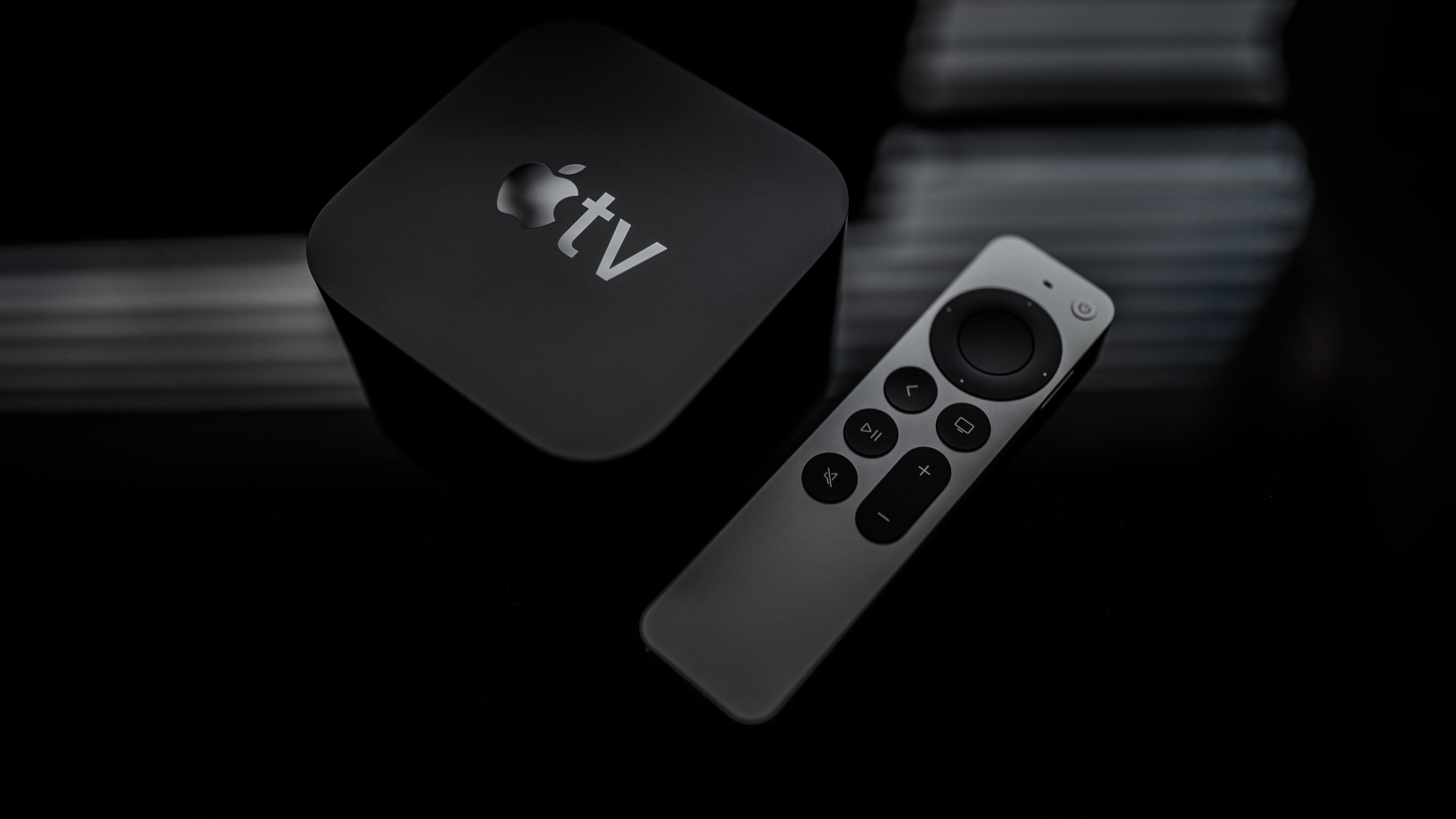A tvOS 16 update will fix a problem with the Match Content feature that’s causing Apple TV blackouts when switching between different video refresh rates.

- What’s happening? An upcoming tvOS 16 update will add support for an HDMI 2.1 feature that does away with a black screen when switching modes.
- Why care? Because you want the Apple TV to seamlessly switch between different frame rates instead of putting up a black screen for a few seconds.
- What to do? Check whether your TV set supports HDMI 2.1. You’ll also need a third-generation Apple TV which can output an HDMI 2.1 signal.
Apple TV blackouts will be fixed soon
This isn’t a bug. Even though the second-generation Apple TV introduced support for HDMI 2.1 and outputting 4K HDR video at 60 frames per second (fps), tvOS doesn’t yet support the Quick Media Switching Variable Refresh Rate (QMS VRR) feature that prevents blackouts when switching between different frame rates.
If you’ve turned on the Match Content feature in your Apple TV settings, you too could experience a momentary blackout almost every time you start streaming a movie or TV show from most apps. You can imagine this is annoying as hell.
Apple clearly hasn’t fully implemented HDMI 2.1 in tvOS 16. But that’s going to change sooner than later—reviews of the third-generation Apple TV 4K on The Verge and TechCrunch note that an update to tvOS will add QMS VRR support.
With it, you’ll be able to start watching a movie or TV show with no distracting black screen—even if the video has a different frame rate from your Apple TV. Instead of waiting, your Apple set-top box and TV set will instantly switch between modes.
What is Mach Content in tvOS? How does it work?
tvOS defaults to a fixed video resolution and frame rate configured in the Settings app. This can cause issues with shows and movies that use a different refresh rate. Read: How to locate a lost iPhone, iPad or Mac with your Apple TV
For example, a movie might be delivered in 24 fps and a typical TV show in 60 fps. If the Apple TV’s video out is set to 30 fps, for example, any 24fps content you play on the device may stutter because its frame rate won’t match the Apple TV’s.
To prevent this effect, Apple provides an option in tvOS that prompts the device to match its output to the frame rate of the video content at any given time.
Off by default, the toggle in Settings → Video and Audio → Match Content comes with two options: Match Dynamic Range and Match Frame Rate.
The former will match the Apple TV’s output to the original dynamic range of a movie or show being watched. The latter will match the Apple TV’s video refresh rate to the original frame rate of content. Read: How to force-quit apps on Apple TV
Does your TV support HDMI 2.1?
With QMS VRR support in place, you’ll no longer see blackouts when the Match Content setting is on. Because QMS VRR is an HDMI 2.1 feature, you’ll also need a TV set that accepts HDMI 2.1 input and supports QMS VRR.